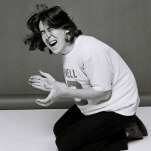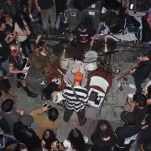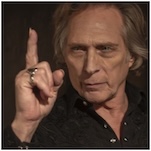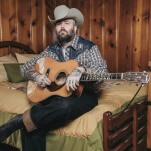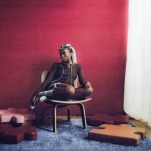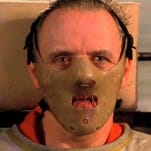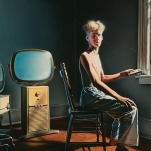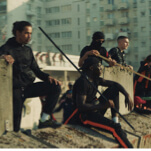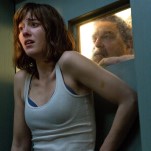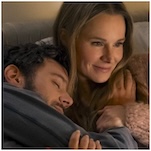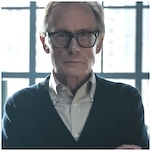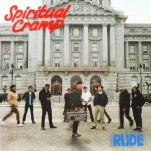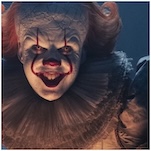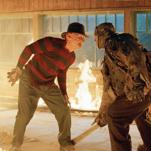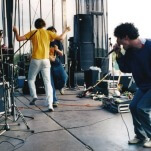Breaking Bad, Better Call Saul, and the Magic of the Montage
Photo Courtesy of AMC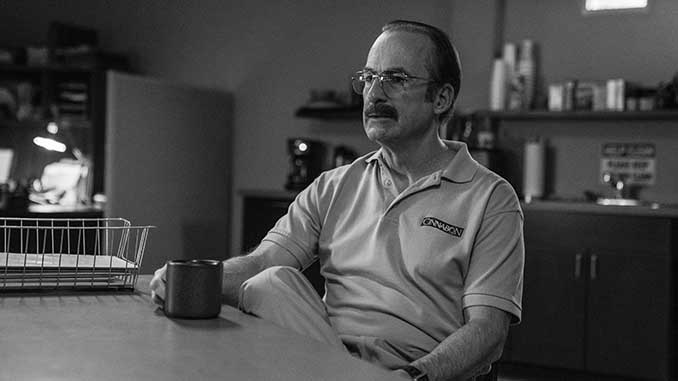
Television is about to change forever.
As difficult as it is to believe we’ve reached this point, the series finale of Better Call Saul is slated to air August 15. This means that otherwise ordinary Monday in late summer also marks the end of the Breaking Bad Extended Universe as we know it. For the first time since the George W. Bush administration (!) TV is going to be without the clever, suspenseful, and groundbreaking world dreamt up by series creator Vince Gilligan.
If they haven’t already been published, the retrospectives are coming. The full episodic rankings are in the works. The think pieces about morality and tragedy are being polished for publication. And no doubt, all of it is a worthy use of internet space. The two shows shaped the most recent Golden Age of television, helping to usher in and then sustain the era of Peak TV. When it’s over and we look back at the pop culture-defining programs, we’ll likely remember different things. Some will recall Breaking Bad’s slow climb to the top of the TV mountain that mirrored Walter White’s (Bryan Cranston) own terrifying and ruthless rise; some will remember the devastating tragedy of Jimmy McGill’s (Bob Odenkirk) devolution into sleazy Saul Goodman; and others still might ruminate on the peaks and valleys of Jesse Pinkman’s (Aaron Paul) personal journey or Mike Ehrmantraut’s (Jonathan Banks) heartbreaking monologue about the death of his son.
-

-

-

-

-

-

-

-

-

-

-

-

-

-

-

-

-

-

-

-

-

-

-

-

-

-

-

-

-

-

-

-

-

-

-

-

-

-

-

-

